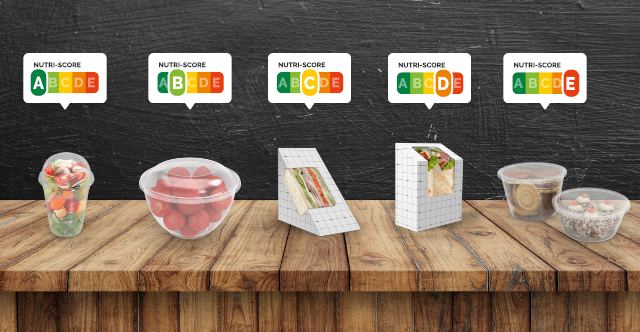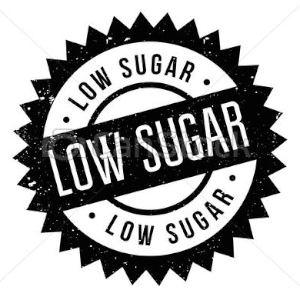Last week, we looked at the new concept of enviro-labelling, which quantifies the enviro-impact of various processed foods. Now, we’re hearing about the Nutri-Score label, a system that gives an objective measure of a food’s overall nutritional value…
 An illustration of how the Nutri-Score system works. Counteracts possible misrepresentation.
An illustration of how the Nutri-Score system works. Counteracts possible misrepresentation.
Yes, we have nutrition data labelling, but it doesn’t surprise me that researchers have gone even further, proposing a new, improved rating system. Called a Nutri-Score label, it claims to calculate the overall nutrition rating of a food product, not just list the amount of various ingredients in it. It’s already in mandatory or voluntary use in several European countries.
The Nutri-Score label is a simple colour-coded infographic designed to let consumers quickly determine the overall nutritional quality of a food product. Ratings range from ‘green to red’, i.e.- ‘best to worst’. They represent a calculation balancing products’ positive nutritional points against their negative ones to come up with an overall nutrition value.
What they did
A team from the University of Göttingent, Germany, led by Dr. Kristin Jürkenbeck, conducted a survey to see how the presence of Nutri-Score labels on products influenced consumers choices. They were specifically interested in how Nutri-Scores effected consumers’ buying decisions which otherwise might be made based on conventional sugar content numbers and sugar claims on packaging:
“High consumption of sugar has been linked to an increased risk of becoming overweight and other health issues. Some companies therefore label products with claims about sugar content, such as ‘without added sugar’ or ‘less sweet’. However, consumers may interpret such claims to mean that a food product is healthier than it really is.”
According to an abstract of the study report, “The survey asked participants for their perceptions after being presented with images of the packaging of three hypothetical products — instant cappuccino, chocolate muesli, and an oat drink — with different combinations of sugar claims and Nutri-Score labels.
What they found
“Statistical analysis of the survey results suggests that, when a Nutri-Score was not present, claims about reduced sugar did indeed mislead participants into believing that hypothetical products were healthier than they actually were. However, the presence of a Nutri-Score counteracted those effects, reducing misconceptions about the healthiness of less nutritional foods.”
The takeaway
On the basis of the survey’s findings, researchers are calling for:
- Restricted use of subjective nutrition claims on packages
- Mandatory use of Nutri-Score labelling on products that are most prone to displaying questionable nutrition claims
- Further research to determine the effects of potentially misleading nutrition claims involving fat, salt and other potentially unhealthy ingredients on consumer choices.
My take
I’ve always thought that the conventional Nutrition information labels that now appear on most foods are a good idea. But, like researchers quoted above, I’ve also worried about how digestible that information might be for the average shopper.
I like the simple, hard-to-misinterpret format of Nutri-Score labelling which transcends language barriers and employs universal symbology such as green-to-red colour coding.
I also like that the Nutri-Score system relies on hard numbers for nutrient content and calculations, rather than subjective measures of nutritional value.
However…
I’m also aware that such a system would irritate food packagers and processors who’ve been using subjective claims such as ‘reduced sugar’, ‘less sweet’, and so on to mollify consumers’ perceptions of their goods.
Overall…
I think we need Nutri-Score labelling in North America. But I’m afraid the food makers effected will fight like angry badgers to avoid having it mandated.
~ Maggie J.

